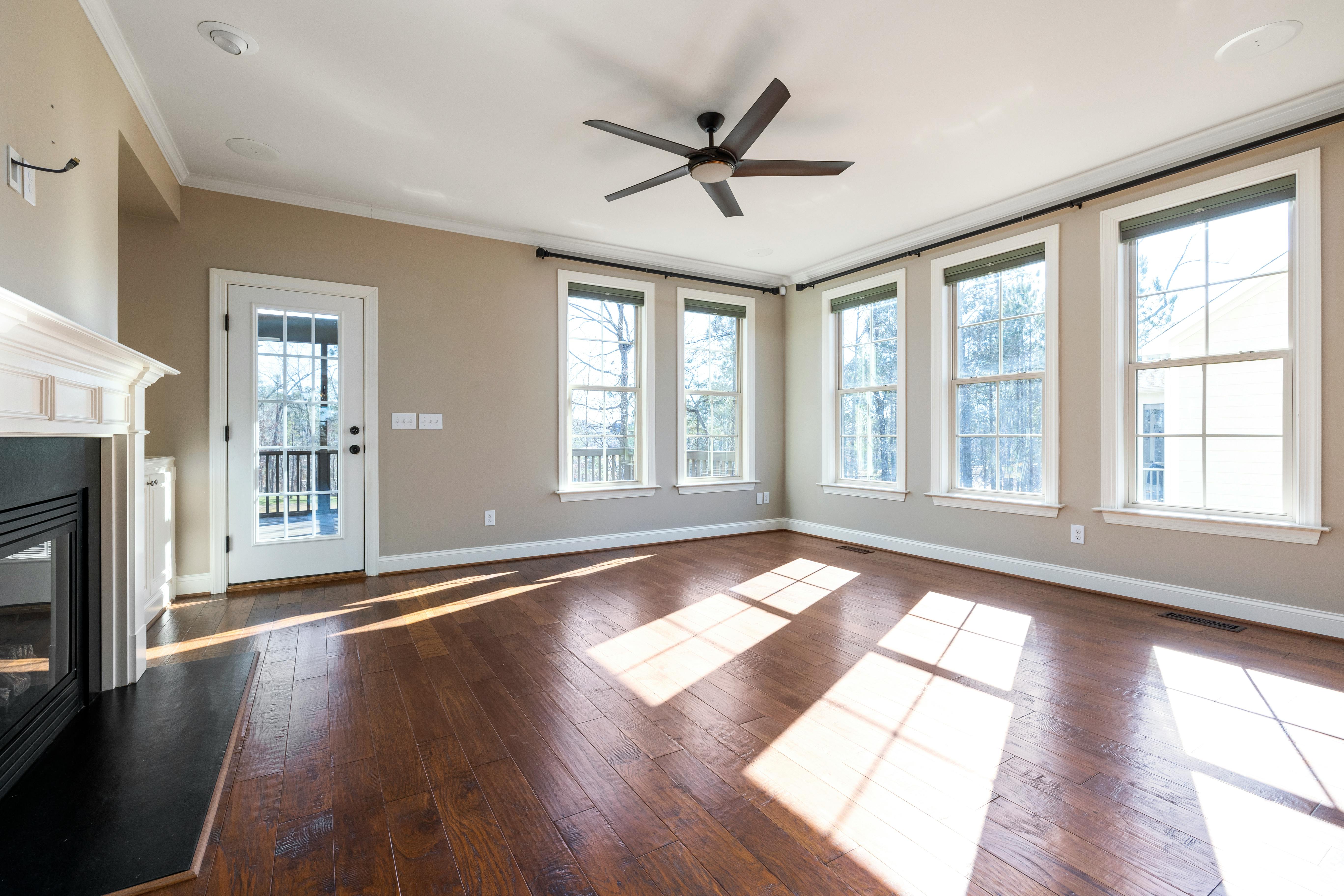With current concerns about climate change, all efforts are focused on conserving energy, minimizing our carbon footprint, and increasing sustainability.
Although there is a high demand for affordable housing, there is an underlying conflict with the use of Greenfield sites. The establishment of new roads and transport links in itself adds to the already growing carbon footprint, not to mention the continued encroachment on our Green Belt.
For green land investment, the solution is to develop on Brownfield sites. Brownfield sites are land previously used and developed for commercial purposes, often located near residential and industrial areas. The main concern for the development of the Brownfield site is that the land is often contaminated after being idle for a period of time and there may be a high concentration of debris or contamination. This factor often deters many Brownfield investors; the cost of cleaning the site to a safe level can often cost more than the land will be worth after redevelopment. In addition to this, when left barren and unused, Brownfield can attract a lot of wildlife; development of the land would destroy its habitat, although the Scottish Environmental Protection Agency recommends that sustainable urban drainage systems can, in fact, maintain and enhance biodiversity.
Although there are several downsides to developing Brownfield, investors should not be discouraged; With the Government’s objective that 60% of the developments be carried out on already developed land, it seems a good option to invest in post-developed land instead of undeveloped. Through the help of the Government and the Environment Agency, developers are getting the right help and advice on how best to develop the sites, and the current Ravenscraig Steelworks redevelopment into 3,500 homes is evidence that the Brownfield development is definitely on the way. on the radar of land developers.
Brownfield site development not only encourages urban regeneration, but plays a role in the battle against climate change; it eliminates the need to build new road networks and establish transport links in the country and encourages people to live in the city instead of forcing them to live far from their work and force them to travel. By using high-rise buildings, city planners can accommodate the city’s growing population by building in rather than outside; encourage people to live in the center of the city, where public transport is available, thus reducing the overall carbon footprint.
So while vacant land comes with many downsides, there is still a lot of room for investment in land as developers will be eager to take advantage of the many regeneration initiatives happening in our major cities.




